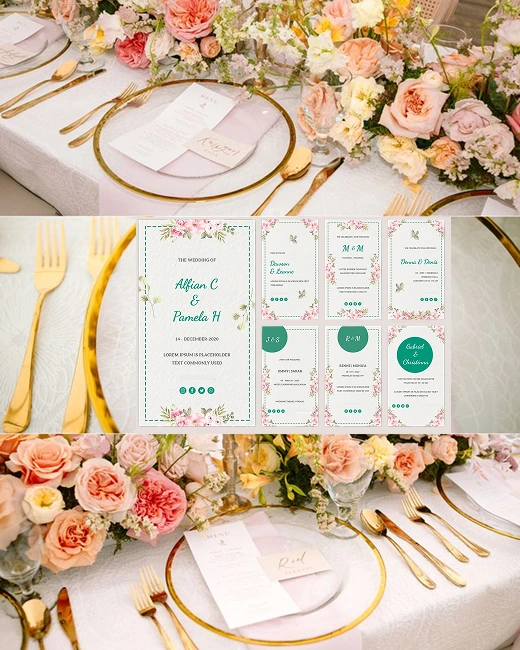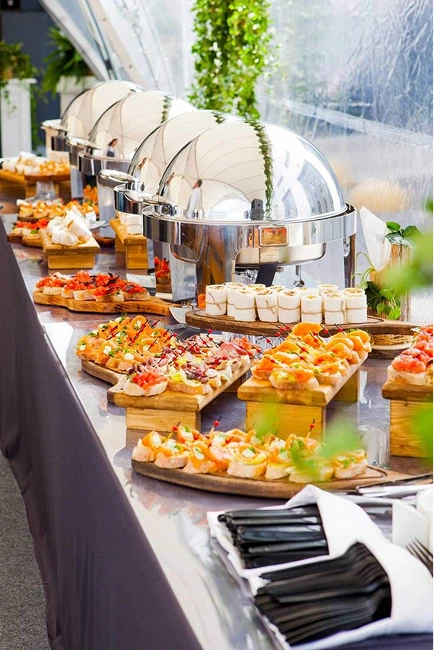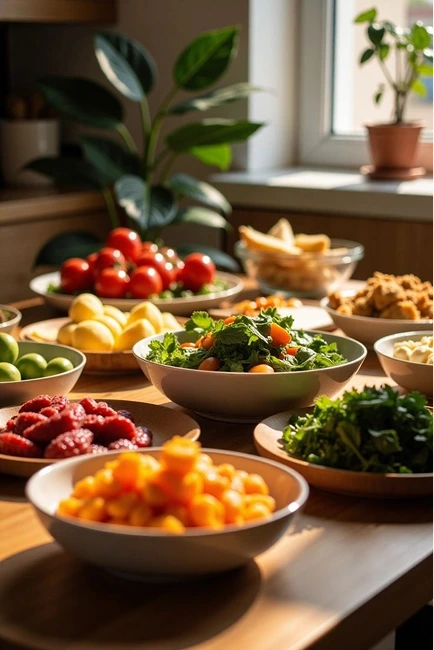How to Choose the Perfect Menu for a Big Fat Indian Wedding
The heart of any Indian wedding lies in the food. Whether it’s the aroma of freshly cooked food or the sweetness of desserts that end the meal, food is the story of each feast.
While décor and clothes create the backdrop, the food is what guests remember most. Creating your perfect wedding menu is about balance, taste, and a personal touch. Here’s how to navigate the menu that will please everyone.
Know Your Guests and Their Preferences
Before determining your menu, consider the list of guests you are serving. Indian weddings have a diverse guest list, and it’s important to remain sensitive to the tastes of a diverse group of people at such events.
Here are some factors to consider:
- Think about the age range of guests you are inviting, for example, from elders to children.
- Include both vegetarian and non-vegetarian selections.
- Add vegan, Jain, or gluten-free options.
- Maintain a balance between spicy, mild, and sweet dishes.
- An effective menu will allow your guests to feel included and satisfied, so your hospitality can shine.
Align the Menu with Your Wedding Theme
Your menu should be in keeping with the overall theme and ambiance of your wedding. Type of food, flavor profiles, and presentation can all express your style and elevate the celebration.
Here are some examples of customizable menus that fit the theme:
- Traditional or Royal Themed Weddings: Traditional Indian spreads such as Rajasthani, Awadhi, or Mughlai cuisines.
- Outdoor or Garden Weddings: Light salads, grilled starters, and/or ‘light’ desserts.
- Destination or Contemporary Weddings: ‘Fusion’ or Americanized dishes, along with dishes or cuisines that incorporate other parts of the world, but to a contemporary standard. All will be with an elevated presentation.
When food matches the theme of the event, it gives continuity and personality to the occasion.
Balance Variety and Simplicity
A grand wedding does not mean endless amounts of food. Too much variety can confuse guests and lead to wasted food. The key is quality over quantity.
Here are a few tips to help balance your menu:
- Choose 2-3 appetizers, 3-4 main courses, and 2-3 desserts per cuisine.
- Mix some traditional classics with a few trendy items.
- You could also add a chaat, pasta, or grill station.
- Prioritize flavor and consistency over portions.
A well-curated menu means guests will still be excited without being confused by many items.
Plan Each Function Separately
Every wedding event should have its own special food identity. What may work for a mehendi won’t work for a formal reception. When you plan the meals for each function separately, you will incorporate varying dishes in fresh fashions throughout the events.
Menu ideas by event:
- Mehendi: Fresh juices, lighter items, chaats, and fun finger food.
- Sangeet or Cocktail Night: Global small bites, live grilling, canapés, and mocktail bars.
- Wedding Day: A heavy, traditional Indian meal with diverse regional flavors.
- Reception: An elegant multi-cuisine spread with fun dessert or international counters.
- Do consider the season; lighter meals for summer, warm and hearty for winter.
Add Personal Touches to Make It Unique
Your wedding menu should evoke a sense of ownership! Include elements that tell your story or reflect your tastes as a couple. Adding personality to a standard menu makes it memorable.
Here are a few inventive ways to add personal touches:
- Adding your favorite dishes as a couple.
- Adding in a “his and her” signature drink.
- Serving regionally-based dishes representing your family’s roots.
- Naming counters after inside jokes, special milestones, or even your wedding hashtag.
- Adding fun elements like a midnight snack corner or dessert room.
Guests appreciate little details that have a personal or symbolic connection to the celebration!
Schedule a Food Tasting Before Finalizing
It’s a good idea to always have an experience with the wedding menu before finalizing it. Tasting the food gives you the experience of how each dish will look, taste, and differ, and it gives you the opportunity to adjust previous decisions prior to the big day.
When you do your tasting:
- Focus on presentation, flavor, and portion.
- Check warm and cold food temperature and taste.
- Make sure the caterer can still produce the same quality in bulk.
- Get family feedback for support.
This one step can be the difference between a good meal and a great meal.
Choose Fresh and Seasonal Ingredients
To increase flavor, texture, and presentation, fresh, seasonal ingredients help maximize the quality of food throughout the event. Not only is using local produce more economical, but it is also more responsible for the environment.
Some ideas for seasonal menus may be:
- Summer weddings: Light curries, tropical cocktails, citrus salads, and mango desserts.
- Winter weddings: Kebabs, hot soup, creamy curries, and heavy halwas.
- Monsoon weddings: Comfort food options, like pakoras, tasty chaats, and hot chocolate bars.
Menus that focus on fresh ingredients not only taste better, but also show attention to detail, care for products, and ecological mindfulness.
Craft a Menu That Reflects Your Story
Your wedding menu should reflect your origins, your journey together, and your mutual affinity for cuisine in general. Whether you offer a traditional thali service, an international buffet, or a little of everything, it should represent who you are together as a couple.
When each course has significance, your wedding becomes more than just a gathering. It becomes a moment that your guests treasure long after the last plate is cleared.
Conclusion
Selecting the right menu for a grand Indian wedding is about more than just the good food! It is about developing an experience that tells your story of love, culture, and togetherness. You want to be cognizant of balance, presentation, and freshness while remaining considerate of guests’ preferences. Emphasize personal touches, utilize seasonal produce, and value quality over quantity.
When the dishes tell the story of you and your traditions, every meal served at the wedding is a joyous occasion in and of itself. A well-designed, loyal menu provides not only a glorious tasting experience but also solidifies memories with meaning to guests.



Leave a Reply